How to make a primer with your own hands?
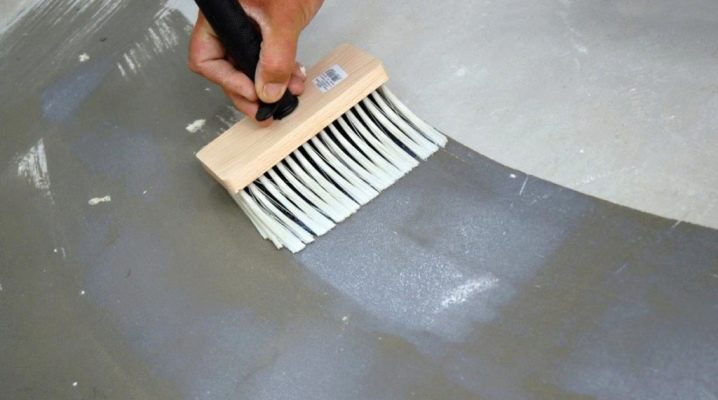
Surface priming is a very important process in construction and renovation. Don't forget about him. Sometimes you can make your own primer. This way you can save your money.
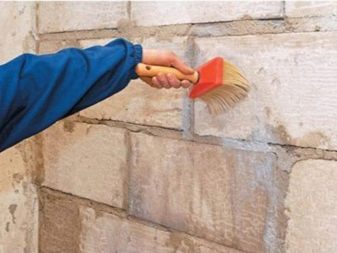

Peculiarities
Primer mixes are auxiliary finishing materials. Their purpose is to modify the properties of the surface on which they are applied. In this case, various goals can be pursued, such as improving the protective properties of the material, for example, moisture resistance, protection against corrosion, or strengthening the adhesion between the surface and the finishing material applied to it in the future.
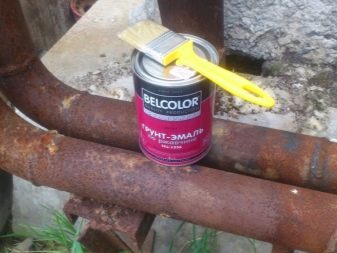

Thus, the use of a primer significantly affects the quality of finishing works, their strength and durability. In this case, the various properties of primer mixtures depend on their composition.
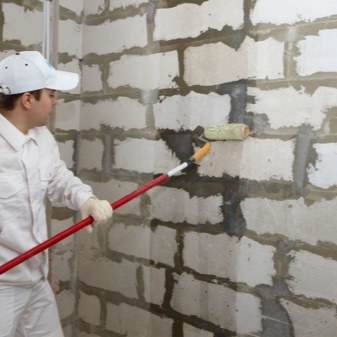
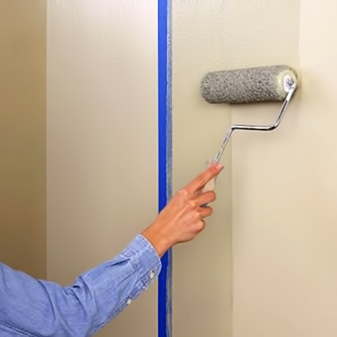
Primer requirements:
- Enhanced adhesion. Different types of surfaces - wood, brick, metal, concrete, have different properties, as a result of which the strength of the connection with various finishing materials varies greatly. To ensure a strong adhesion of the decorative finish to the substrate, a primer is used. It strengthens the bond between materials at the molecular level, creating a "fusion" of the contacting surfaces and the primer mixture in the boundary layer.

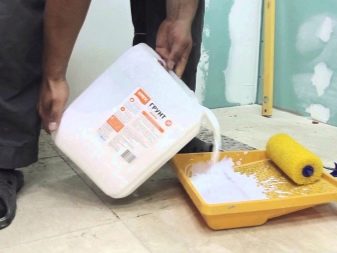
- Increased moisture resistance. Some materials are porous in structure, such as wood or concrete. Moisture can accumulate in their pores and eventually lead to the destruction of the material. To prevent such phenomena, the working surface is treated with a primer solution that fills these micropores and saves the material from damage.
As a result, two positive effects are achieved at once:
- waterproofing increases, since water can no longer penetrate the surface;
- the consumption of glue, paint, varnish or other finishing material applied to the treated surface is reduced due to the clogging of micropores with a primer.

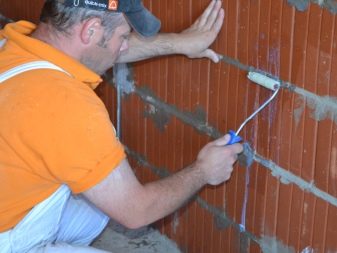
- Strengthening strength. The primer mixture creates a protective layer on the surface, which absorbs the effect of an aggressive environment. The nature of the protective properties is determined by the specific composition of the primer and may vary depending on the needs.
- Antiseptic protection. To prevent fungus and mold from multiplying in places with high humidity, an antiseptic is included in the primer mixture, which interferes with the life of harmful organisms.
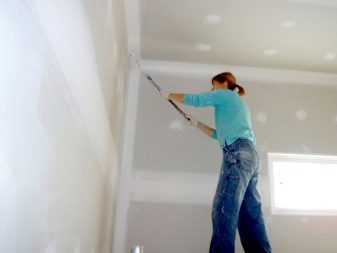
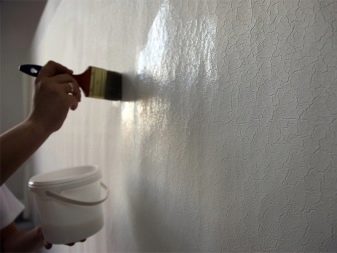
Views
Home-made primers are divided into several types according to their main purpose. Unlike factory primers, home primers do not contain additional synthetic additives that expand their functions in several directions, but perform one main task. Thus, all homemade primers can be divided into the following types:
- Firming. This type of mixture is designed to increase the strength of the treated surface, such as a wall or plasterboard ceiling. Such primers are widely used in older houses, especially with wooden supporting structures, where it is not possible to replace beams or wooden floors that have begun to deteriorate over time.
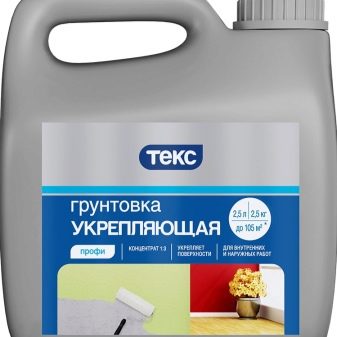
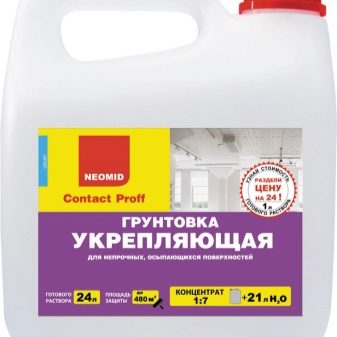
- Deep penetration. Such a composition based on PVA glue will provide protection of the treated surface from the adverse effects of various factors, for example, from high humidity. In addition, this primer mixture strengthens the treated surface and enhances the bond strength between the base layer and the overlay layer. Its use is especially effective for porous or loose types of surfaces, namely concrete, wood, plasterboard, plastered and putty.
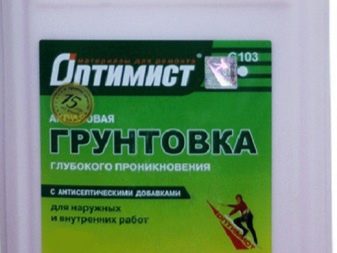
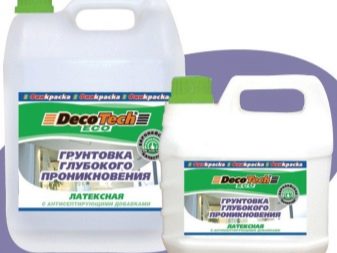
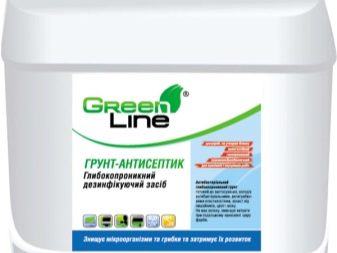
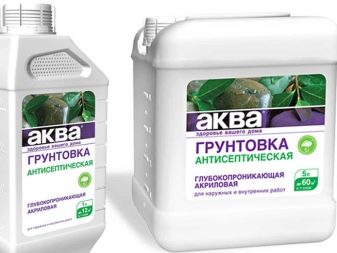
- Antiseptic. This type of priming solution resists the growth of mold and mildew. Relevant for rooms with high humidity and temperature extremes. It fits well on concrete and wood surfaces - a favorite breeding ground for harmful organisms.
- Wallpaper. This mixture is applied before wallpapering. The basis of this primer is not PVA, but wallpaper glue. It strengthens the strength of the connection between the wallpaper and the wall, as a result, such repairs will last much longer. After application to the surface, without waiting for drying, wallpaper glue and wallpaper can be applied.
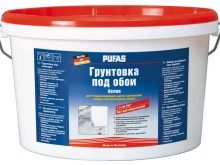

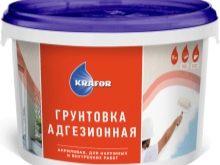
- Adhesive. It is applied to various types of surfaces in order to enhance the adhesion between the wall and the finishing materials that are planned to be applied to it. Often used for working with wood that has poor adhesion to most finishing materials;
- For painting. Many types of surfaces do not interact well with paint. In order for the dye to firmly adhere to the surface and maintain a pleasant appearance for a long time, a special primer is used.
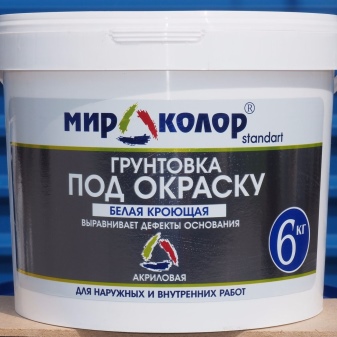
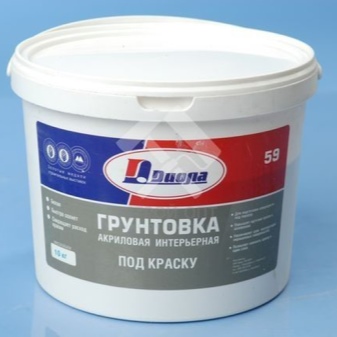
- Polymeric. The composition, containing latex, acrylic or other polymeric substance, has strong adhesion to any type of surface and becomes a solid base for further finishing work of any kind. In addition, this primer mix will even out even the smallest irregularities that may have remained after the previous finish, and will create an even, smooth finish.
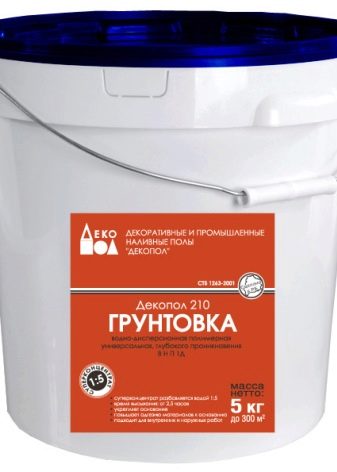

What is required?
Before making your own priming mix, you need to prepare the components and tools you will need in the process of creating it.
Firming
The primer mixture for strengthening the surface layer consists of the following components:
- copper sulfate - 100 g;
- wood glue - 0.5 l;
- laundry soap 60% - 1 bar (200 g);
- water - 7 liters.

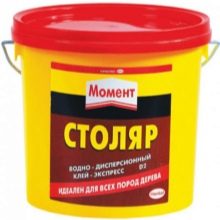

The approximate ratio of dry ingredients is 1: 5: 2. The container used for mixing is not recommended in the future for handling food.
Deep penetration
Such a primer can be prepared from:
- PVA building glue - 1 l;
- clean water - 8 liters;
- cement - one trowel.

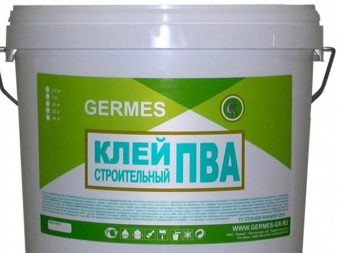
All components must be thoroughly mixed.
Adhesive (wood)
The primer used to strengthen the bond strength of materials consists of:
- alum - 1/4 kg;
- drying oil - 30 g;
- water - 1 l;
- dry paint glue - 200 g;
- laundry soap - 1 bar (200 g);
- chalk - 2 kg.

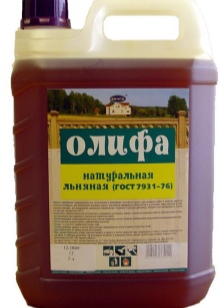
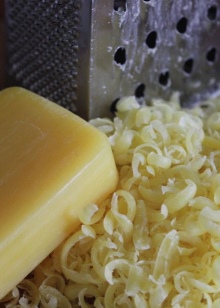
For painting
To obtain 10 liters of lime paint primer, you need the following components:
- quicklime - 1.8 kg;
- laundry soap - 1 bar (200 g);
- water - 10 l;
- drying oil - 100 g.

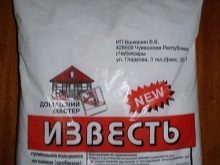
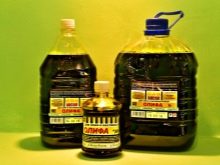
Recipe for making a primer for glue paint:
- powdered or crushed chalk - 2.5 kg;
- dry glue - 200 g;
- laundry soap - 200-250 g;
- copper sulfate - 150 g;
- drying oil 25 g;
- water - 10 liters.
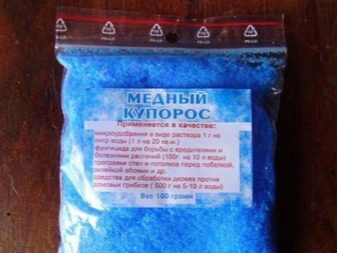
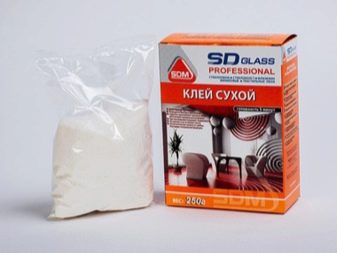
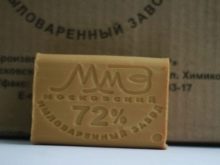

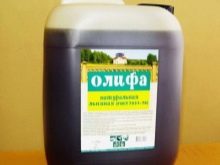
How to cook it yourself?
To prepare the primer mixture yourself, which increases the strength of the surface, you need to do the following:
- water is collected in an appropriate container and brought to a boil. You can prepare the mixture in parts by dividing the components in the appropriate proportion:
- the soap is crushed with a knife, through a grater or in any other convenient way;
- when the water boils, grated soap is poured into it, mixed and cooked over low heat until a homogeneous mass is formed, the process is accelerated by regularly stirring the mixture;
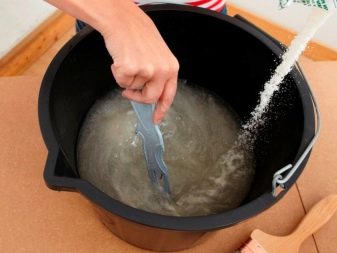
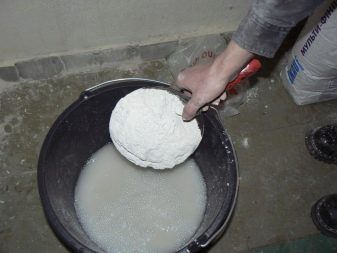
- after achieving homogeneity, copper sulfate and glue are poured into the container, everything is well mixed;
- then the mixture is cooked over low heat for about half an hour, stirring in parallel to prevent the formation of lumps;
- at the end of cooking, remove from heat and set aside for a few minutes;
- then the mixture is filtered, for example, through a sieve or other filtering means;
- after cooling the solution, it can be immediately applied to the surface.
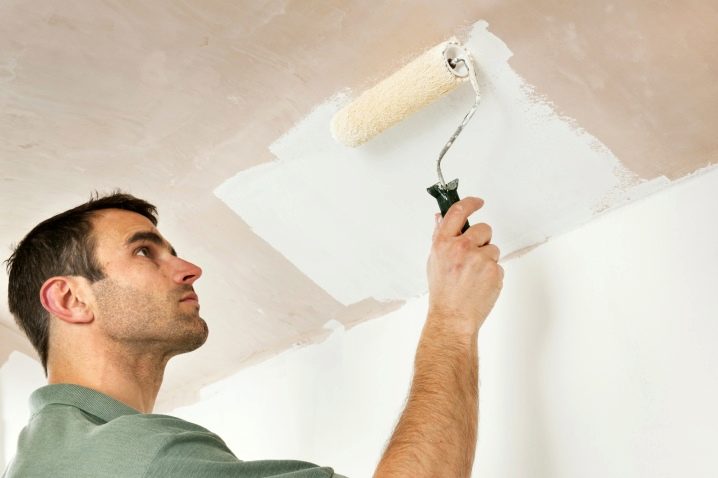
To obtain a protective deep penetration primer based on cement and PVA glue, you need to do the following:
- glue is poured into the container, water is poured into it with thorough mixing;
- cement is added (can be replaced with powdered or crushed chalk);
- the resulting mixture is filtered through a sieve or cheesecloth. Then it is ready to use.

A primer adhesive that enhances the adhesion between materials is prepared as follows:
- instead of powder, you can crush hard block chalk. It is important to bring it to a dusty state, otherwise large pieces will ruin the surface;
- water is brought to a boil and poured into alum;
- dry glue is diluted in another container;
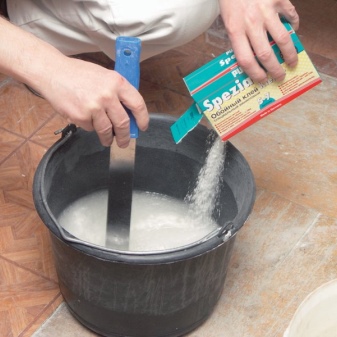
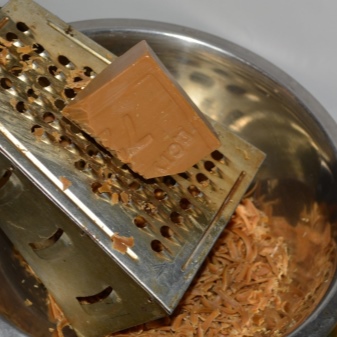
- laundry soap is crushed with a knife, on a grater or in another convenient way;
- the glue solution is put on a slow fire, after heating, grated soap is poured into it in parts, stirred thoroughly until smooth;
- drying oil and alum solution are added to the resulting soap-glue mass;
- powdered or crushed chalk is poured in and mixed thoroughly;
- if the resulting mass is too thick, it is diluted with water to a more liquid state, since a good primer should fill the pores and cracks.
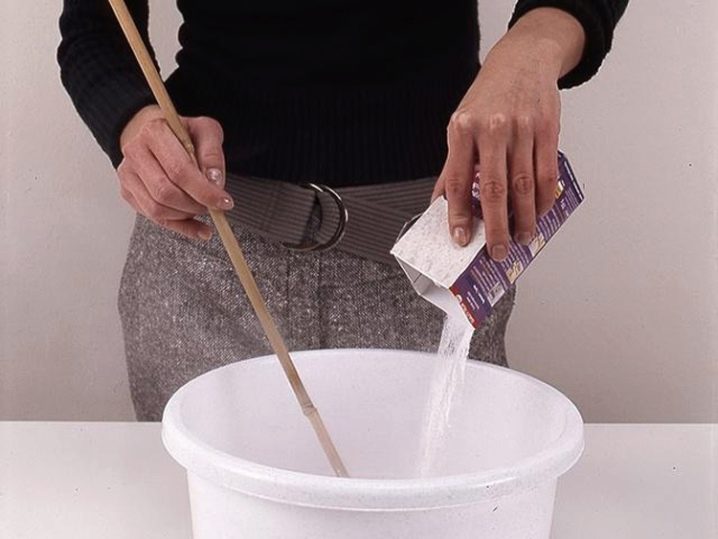
In 24 hours after production, the solution will lose its properties.
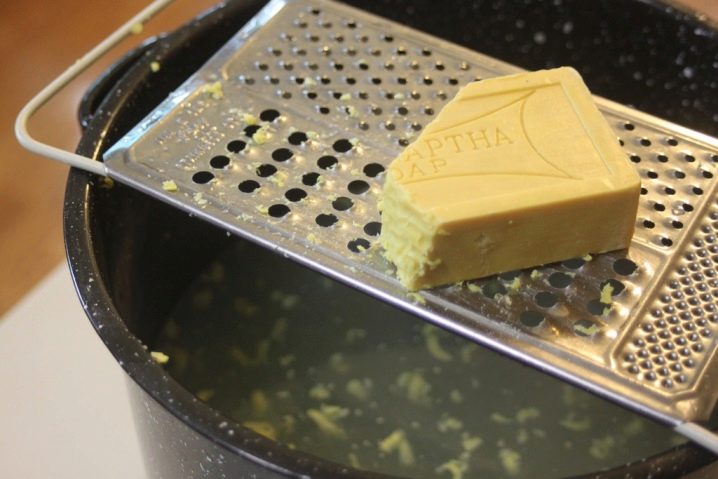
To make 10 liters of mixture for priming surfaces before painting with lime-based paint, you need to do the following:
- chop the soap with a knife or grate on a coarse grater;
- boil 3 liters of water and dissolve the prepared soap in them;
- add drying oil to the resulting soap mixture and stir well;
- pour 5 liters into a container and extinguish lime in them;


- pour a mixture of soap and drying oil into the solution with slaked lime, stirring thoroughly until completely homogeneous;
- pour 2 liters of water into the resulting mass;
- strain the resulting solution.
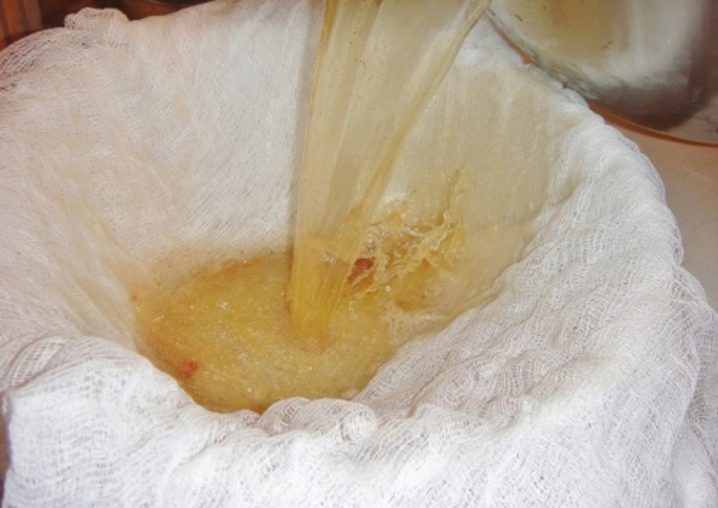
To make a primer for adhesive pigmented paint, you need to do the following:
- put 3 liters of water on the fire and bring to a boil, dissolve copper sulfate in boiling water and stir the solution thoroughly;
- pour 2 liters of water, add glue to it;
- grind laundry soap with a knife or grater and dissolve in 2 liters of boiled water;
- mix soap and glue solutions;
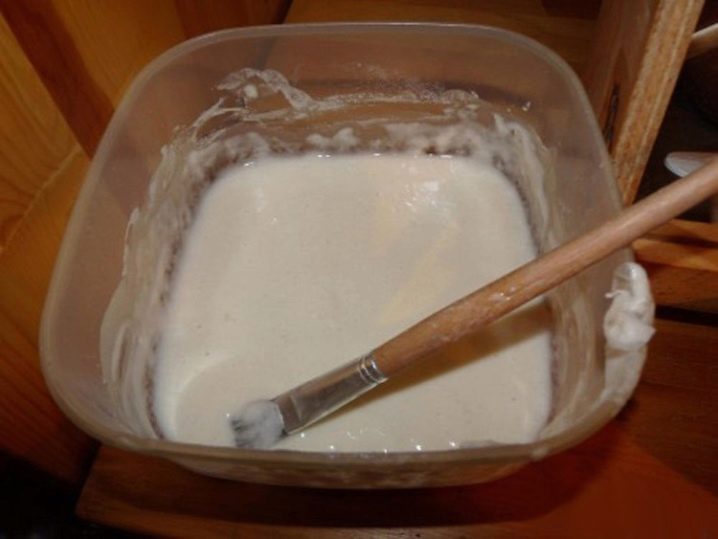
- add drying oil to the resulting mixture, accompanying the process with thorough stirring;
- then a solution of copper sulfate is added to the total mass;
- the resulting mixture is cooled;
- after the solution has cooled, powdered or ground chalk is added to it, always without lumps, and 3 liters of water;
- at the end, the primer mixture is filtered through a sieve, cheesecloth or other filter.
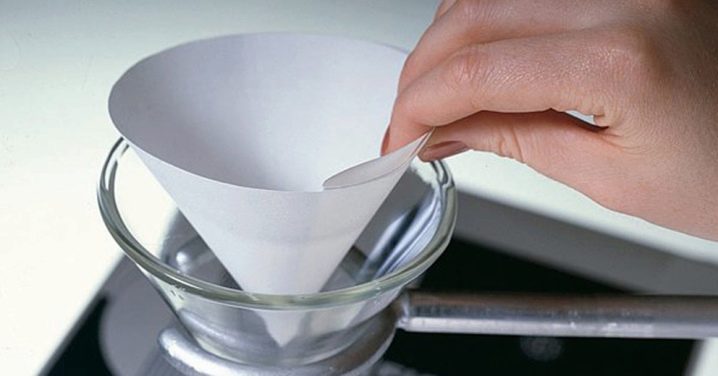
Helpful hints
- Lumps can form during cooking, you can get rid of them by whipping the solution with a mixer or blender. Please note that safety precautions must be followed when using electrical appliances. Since the contact of the electrical appliance with liquid is assumed, it is recommended to carry out all manipulations in tight rubber gloves.
- Do not make large quantities of homemade primer. Prepare exactly as much of the mixture as you spend at a time. What remains will in most cases be useless the next day, and this is an extra waste of money and ingredients.
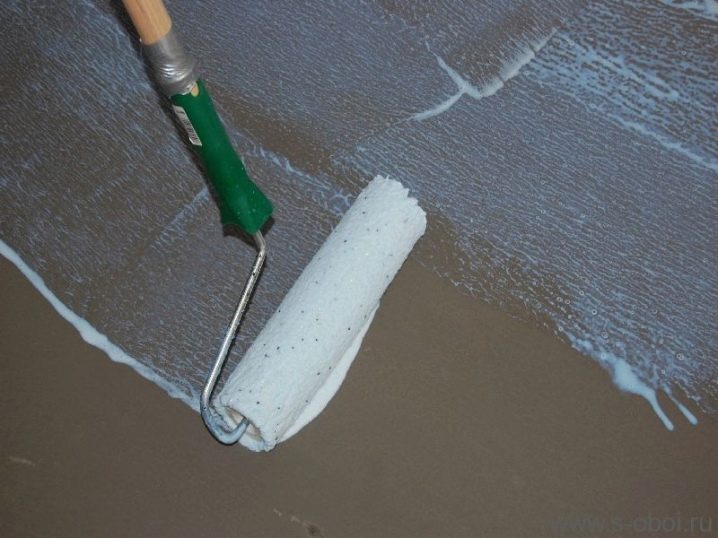
- Use short-haired brushes (around 8 millimeters) to reduce primer consumption. You can also use rollers with a thin layer of foam. If this condition is met, you can save up to 30% of the mixture.
- The priming solution is applied only to the prepared wall surface: leveled with putty, free of dust, degreased if necessary. Hard-to-reach places can be vacuum cleaned.
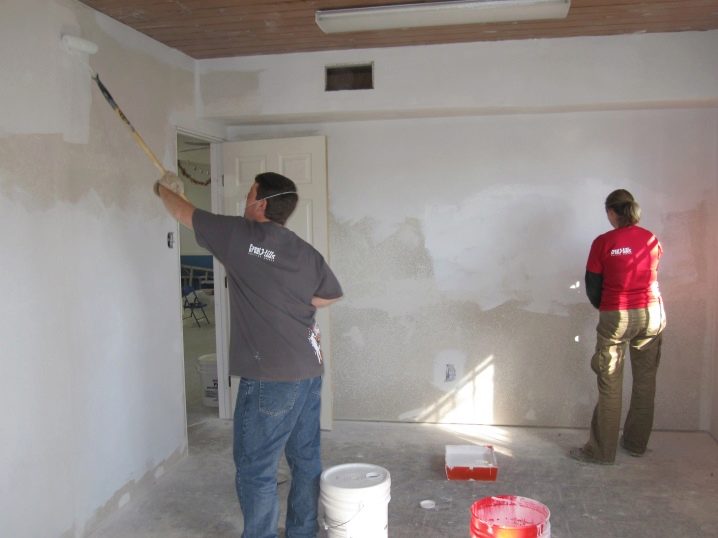
- PVA turns yellow over time, so stains may appear on the pasted wallpaper. To avoid this, PVA can be replaced with wallpaper glue, it is not much more expensive, but it does not turn yellow and does not create a film on the surface of the layer that prevents the "breathing" of the wall.
- When painting walls with acrylic-based dyes, there is no need to make a primer. Just dilute some of the paint with water in a 1 to 1 ratio and prime with this solution.
- When using a homemade PVA-based primer, it is recommended to do a trial application on a small area. This will make it possible to assess the quality of the primer and, if necessary, increase or decrease the concentration of the adhesive, as well as track the reaction of the surface to this composition.
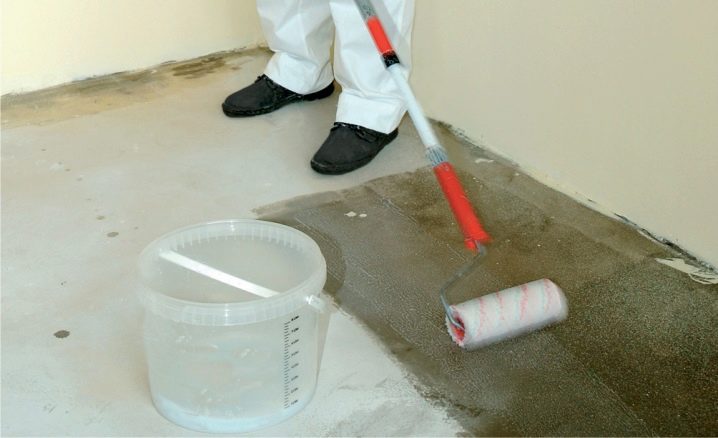
How to make a primer with your own hands, see the video below.













The comment was sent successfully.